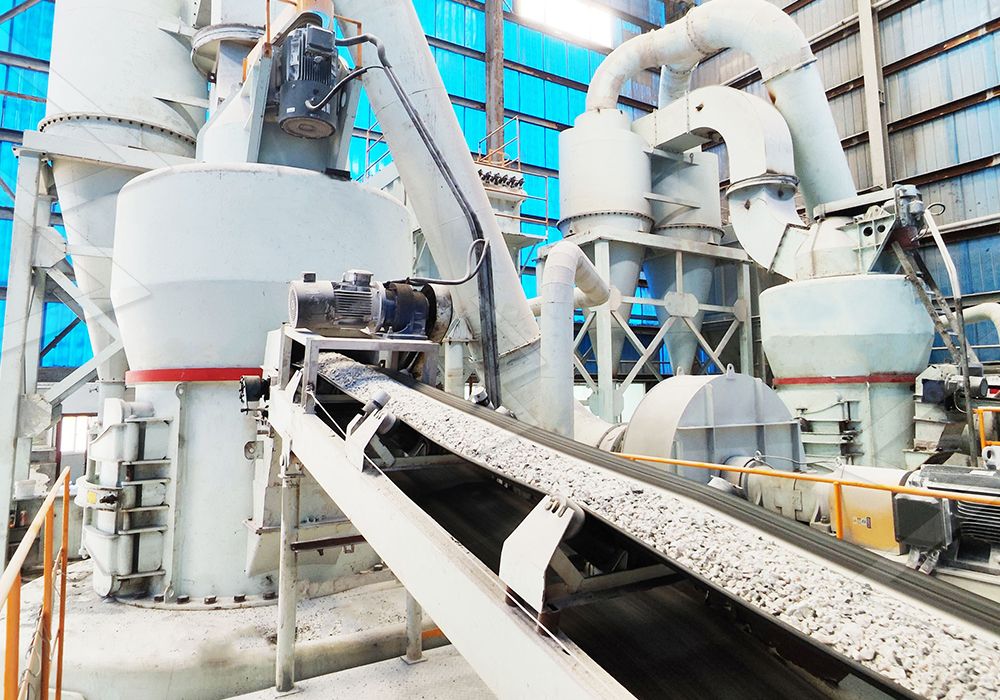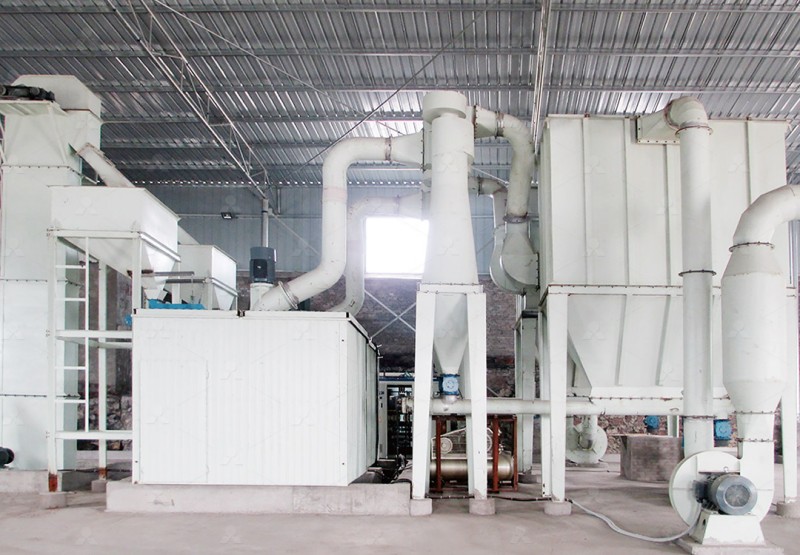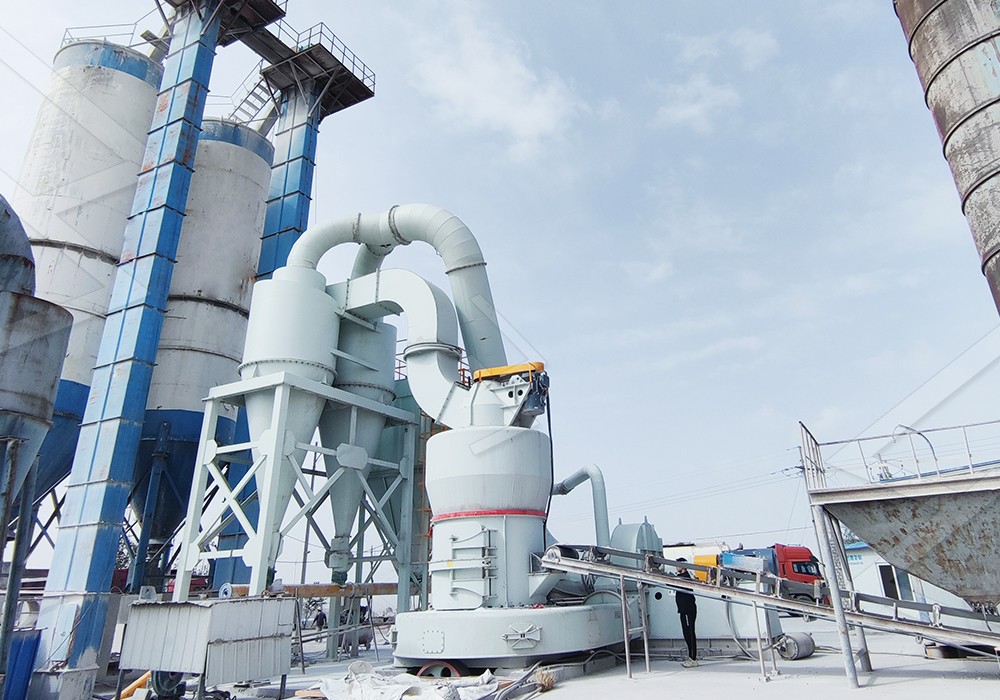Raymond Mill for Calcite: Efficient Grinding Solutions for Industrial Applications
Raymond Mill for Calcite: Efficient Grinding Solutions for Industrial Applications
In today’s competitive industrial landscape, achieving optimal particle size and consistent quality in mineral processing is paramount. Calcite, with its diverse applications across paints, plastics, paper, and construction materials, demands precise grinding solutions that balance efficiency, cost-effectiveness, and environmental responsibility. While traditional Raymond Mills have served as reliable workhorses for decades, advancements in grinding technology now offer superior alternatives for calcite processing.

The grinding of calcite presents unique challenges due to its moderate hardness and the need for precise particle size distribution. Traditional approaches often struggle with energy efficiency and consistent output quality. However, modern grinding solutions have evolved to address these concerns through innovative engineering and smart design principles.
The Evolution of Calcite Grinding Technology
While conventional Raymond Mills established the foundation for calcite processing, contemporary requirements demand more sophisticated solutions. Today’s industrial applications require higher throughput, tighter particle distribution, and reduced environmental impact. This has led to the development of advanced grinding systems that incorporate digital controls, efficient separation technologies, and eco-friendly operation.
One standout solution that has revolutionized calcite processing is our MW Ultrafine Grinding Mill. This advanced system represents a significant leap forward in grinding technology, specifically engineered for customers requiring ultra-fine powder production. With an input size capacity of 0-20 mm and throughput ranging from 0.5 to 25 tph, this machine delivers exceptional performance across various calcite processing scenarios.
Key Advantages in Modern Calcite Processing
The MW Ultrafine Grinding Mill incorporates several groundbreaking features that make it particularly suitable for calcite applications. Its newly designed grinding curves for rollers and rings enhance grinding efficiency significantly. Independent tests demonstrate that with identical fineness and power consumption, the production capacity exceeds that of jet mills and stirred mills by 40%, while doubling the output of traditional ball mills.

What truly sets this system apart is its adjustable fineness range between 325-2500 meshes, achieved through German cage-type powder selector technology. This allows operators to precisely control product specifications according to specific application requirements. The innovative design eliminates rolling bearings and screws within the grinding chamber, eliminating concerns about bearing damage or loose screw-related failures.
Environmental and Operational Excellence
Environmental considerations are integral to modern industrial operations. The MW Ultrafine Grinding Mill addresses these concerns through its efficient pulse dust collector and muffler system, ensuring minimal dust emissions and noise pollution. The entire production process complies with national environmental protection standards, making it an environmentally responsible choice for calcite processors.
For operations requiring different specifications, our LUM Ultrafine Vertical Grinding Mill offers another excellent alternative. With input size of 0-10 mm and capacity of 5-18 tph, this system integrates ultrafine powder grinding, grading, and transporting in a single efficient package. Its unique roller shell and lining plate grinding curve design facilitates easier material layer formation and achieves high finished product rates through single-pass powder milling.
Practical Applications and Industry Benefits
The applications for finely ground calcite continue to expand across multiple industries. In plastics and polymers, calcite improves mechanical properties and reduces material costs. In paints and coatings, it enhances opacity and weather resistance. The paper industry utilizes calcite as a filler and coating pigment, while construction materials benefit from its use in sealants, adhesives, and concrete products.

Modern grinding solutions like the MW and LUM mills provide calcite processors with unprecedented control over product quality and operational efficiency. The digitalized processing ensures high precision manufacturing, while comprehensive spare parts support guarantees worry-free operation. These systems represent the culmination of years of research and practical experience in mineral processing technology.
Frequently Asked Questions
What makes the MW Ultrafine Grinding Mill suitable for calcite processing?
The MW Mill’s specialized grinding curves and cage-type powder selector technology make it ideal for calcite, providing precise control over fineness (325-2500 meshes) and high production efficiency with 40% greater capacity than conventional jet mills.
How does the environmental performance of modern calcite grinding mills compare to traditional systems?
Contemporary systems like the MW Mill feature efficient pulse dust collectors and mufflers that minimize dust and noise pollution, operating well within national environmental standards while maintaining high production throughput.
What maintenance advantages do these advanced grinding systems offer?
The absence of rolling bearings and screws in the grinding chamber eliminates common failure points, while external lubrication systems enable maintenance without production shutdowns, significantly reducing operational downtime.
Can these grinding systems handle variations in calcite feedstock quality?
Yes, both MW and LUM mills are designed to accommodate normal variations in raw material characteristics, with adjustable parameters that maintain consistent output quality despite feedstock fluctuations.
What industries typically use finely ground calcite from these systems?
Major applications include paints, plastics, paper, construction materials, cosmetics, pharmaceuticals, and food additives, where consistent particle size and high purity are critical for product performance.
